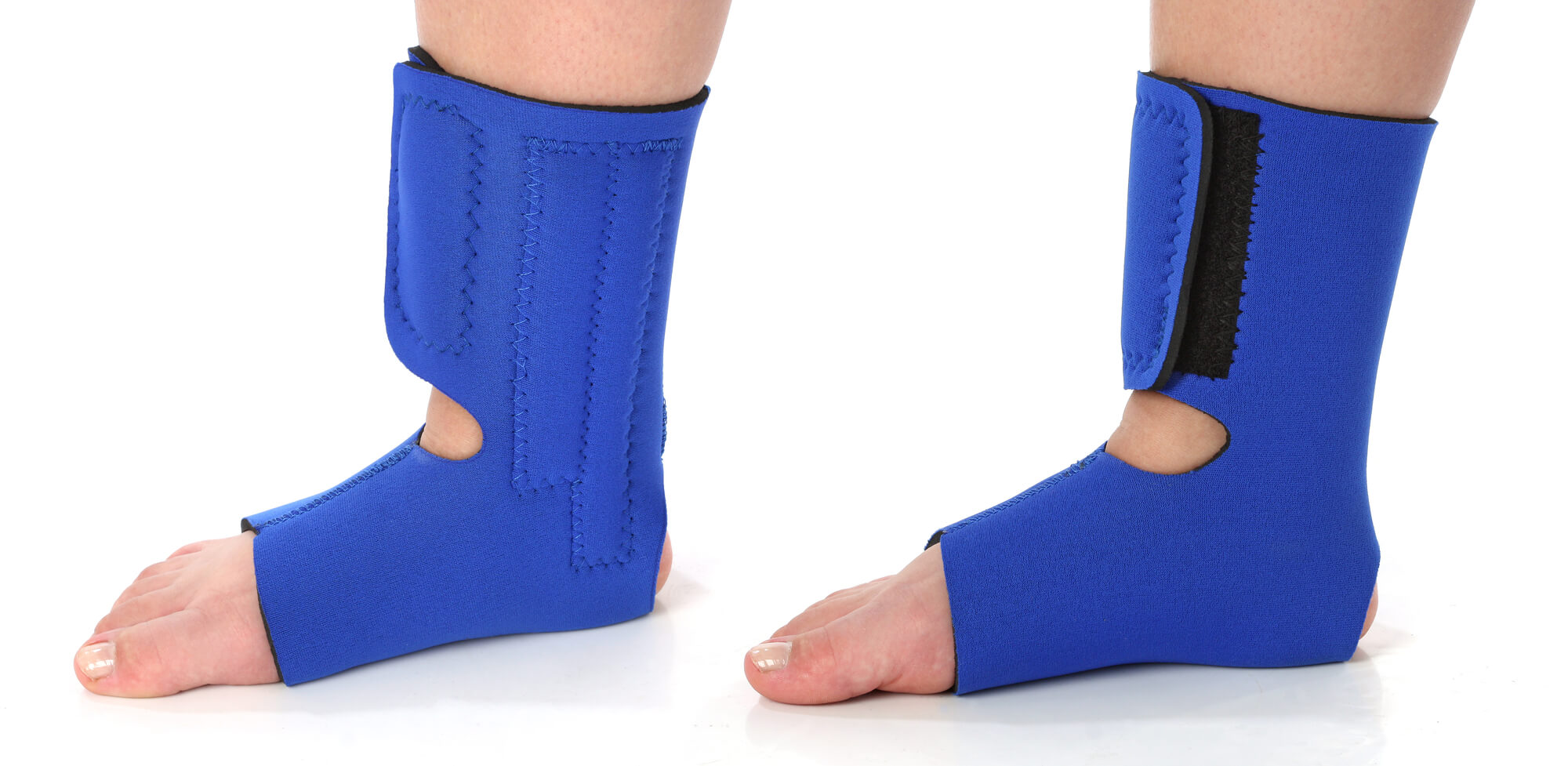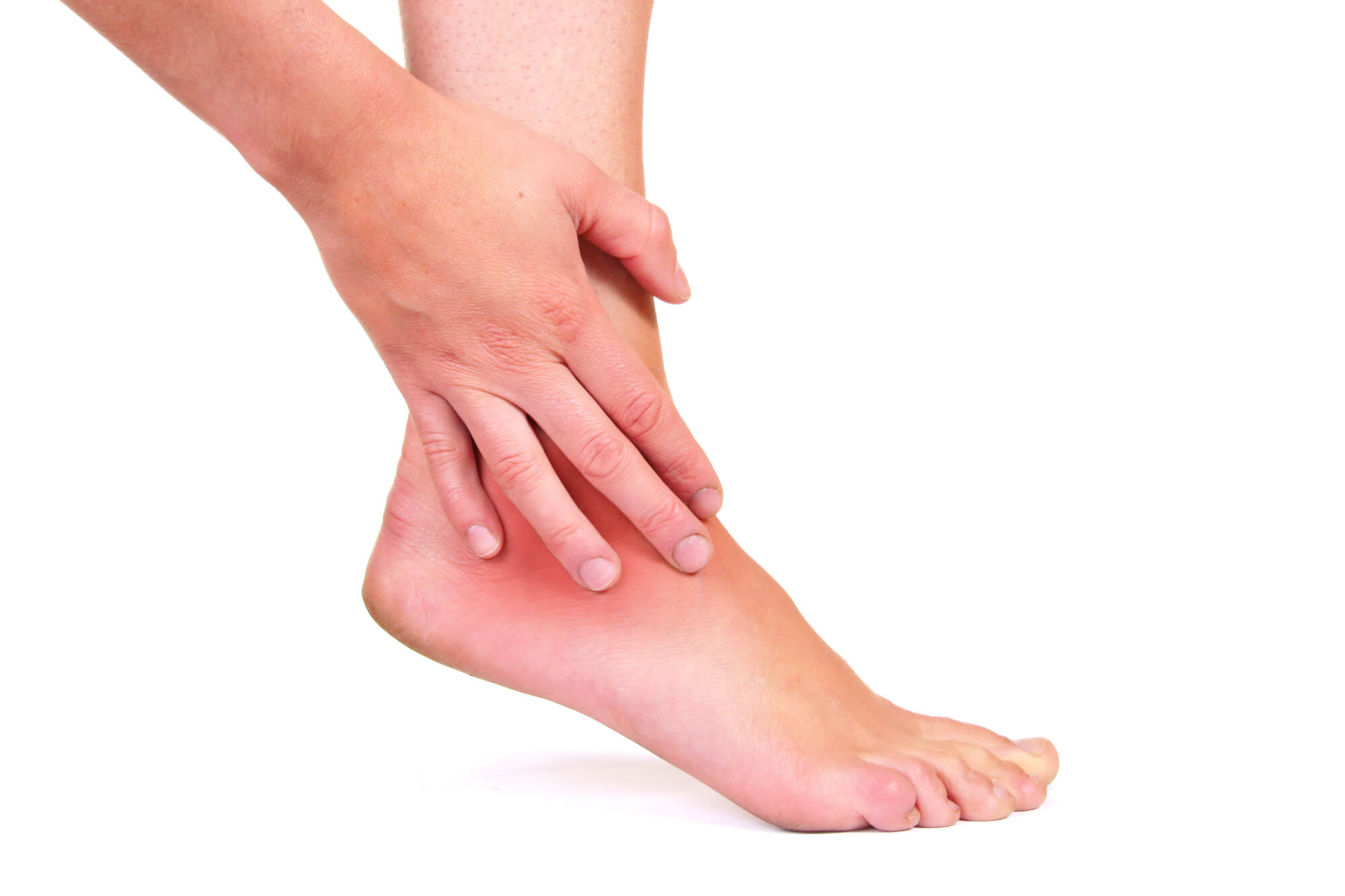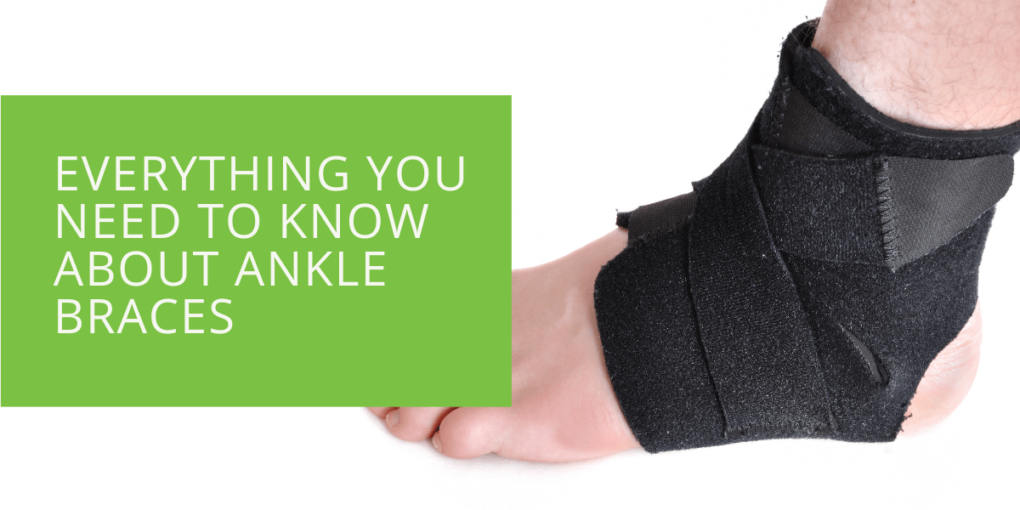Everything You Need to Know About Ankle Braces
Ankle injuries are among the most common injuries in sports and daily activities. Ankle sprains, plantar fasciitis, ankle pain, arthritis, and ankle instability are all common issues that affect the ankle joint. Fortunately, ankle braces are available to help support and protect the ankle joint, prevent injury, and ease pain. In this article, we will cover everything you need to know about ankle braces, including their benefits, types, how to choose the right one, and how to use them.
What is an Ankle Brace?
An ankle brace is a device that is designed to provide support, stability, and compression to the ankle joint. They are commonly used to prevent ankle injuries, manage chronic ankle conditions, and promote faster recovery from ankle injuries. The three main types are rigid ankle braces, hinged ankle braces, and elastic ankle braces.
Types of Ankle Braces
Rigid Ankle Braces
Rigid ankle braces are made from hard plastic and are designed to restrict ankle movement. They are typically used to prevent ankle sprains and other ankle injuries in athletes who play sports requiring sudden direction changes, jumping, or pivoting. These braces provide maximum ankle support and effectively prevent ankle injuries. However, they can be uncomfortable to wear for long periods and may limit ankle mobility.
Hinged Ankle Braces
Hinged ankle braces are similar to rigid ankle braces but have a hinge that allows for some ankle movement. They provide more ankle mobility than rigid braces while providing support and stability. These are often used for chronic ankle conditions, such as ankle instability, and for preventing re-injury after an ankle sprain.
Elastic Ankle Braces
Elastic ankle braces are made from soft, flexible material designed to provide compression and mild support to the ankle joint. They are commonly used for managing ankle pain, plantar fasciitis, and mild ankle sprains. These are comfortable to wear and can be worn for extended periods. However, they provide less ankle support than rigid or hinged ankle braces.

Benefits of Using Ankle Braces
Preventing Ankle Injuries
Ankle braces are a popular tool for preventing ankle injuries, especially in individuals who participate in sports or activities that require sudden changes in direction or jumping. Braces provide support and stability to the ankle joint, reducing the likelihood of ankle sprains, strains, and other injuries. They also help to protect the ankle from sudden impacts or movements that can cause injury.
Managing Chronic Ankle Conditions
Individuals who suffer from chronic ankle conditions, such as ankle instability, arthritis, and plantar fasciitis, often benefit from using an ankle brace. Braces provide support, compression, and stability to the ankle joint, which can help alleviate pain and prevent further injury. The compression provided by a brace can also help reduce swelling and inflammation in the ankle.
Faster Recovery from Ankle Injuries
Ankle braces can help promote faster recovery from ankle injuries by providing support and stability to the ankle joint during healing. They can also help reduce swelling and inflammation, which can help speed up the recovery process. They are commonly used to rehabilitate ankle sprains and other ankle injuries to help prevent re-injury and promote proper healing.
Improved Athletic Performance
Athletes who wear ankle braces during sports or activities may experience improved athletic performance. The braces provide support and stability to the ankle joint, allowing athletes to move more confidently and quickly. They can also help reduce the risk of ankle injuries, allowing athletes to stay in the game and perform at their best.
Reduced Risk of Ankle Instability
Individuals who suffer from ankle instability, characterized by a feeling of the ankle giving out or rolling over, may benefit from an ankle brace. They can support and stabilize the ankle joint, reducing the likelihood of ankle instability and improving balance and coordination.
Ease of Use
Ankle braces are easy to use and require no special training or equipment. They can be worn during sports or activities and during everyday tasks. They are also available in various styles and sizes, making finding the right brace for your specific needs easy.

How to Choose the Right Ankle Brace
Choosing the right ankle brace can be difficult, with several factors to consider. To help you make the best choice, here are some tips for selecting the right brace for your specific needs.
Consider Your Needs
When choosing an ankle brace, it's important to consider your needs. If you play sports or engage in activities that require sudden changes of direction or jumping, a rigid or hinged brace may be the best choice. These braces provide maximum support and stability, reducing the likelihood of ankle sprains and other injuries.
An elastic ankle brace or ankle sleeve may be more appropriate if you have a chronic ankle condition or mild ankle pain. These braces provide compression and mild support to the ankle joint, helping ease pain and prevent further injury.
Get Properly Fitted
A properly fitted ankle brace is essential for the most support and comfort. An improperly fitted brace can cause discomfort, restrict movement, and cause further injury. To get the right fit, measure your ankle and choose the size that matches your measurements. Most ankle braces have sizing charts to help you find the right size. If you're unsure which size to choose, consult a podiatrist.
Consider the Type of Ankle Brace
As mentioned earlier, there are several types of ankle braces, each with unique features and benefits. Consider the type of ankle brace that will best meet your needs based on the level of support and mobility you require.
Rigid ankle braces are designed to restrict ankle movement and provide maximum support and stability. They are best for preventing ankle injuries in athletes who play sports that require sudden changes of direction or jumping.
Hinged ankle braces have a hinge allowing ankle movement while providing support and stability. They are often used for chronic ankle conditions, such as ankle instability, and for preventing re-injury after an ankle sprain. Elastic ankle braces are made from soft, flexible material designed to provide compression and mild support to the ankle joint. They are commonly used for managing ankle pain, plantar fasciitis, and mild ankle sprains.
Consider the Material
Ankle braces can be made from various materials, including neoprene, nylon, and elastic. Consider the material of the brace when making your choice, as different materials offer different levels of breathability, durability, and comfort.
Follow Podiatrist's Recommendation
It's always a good idea to consult a podiatrist when choosing an ankle brace. A podiatrist can recommend the best type for your specific needs and guide how to use and care for the brace. They can also ensure the brace is properly fitted and provide ongoing support and monitoring.
Using Ankle Braces
Ankle braces are an effective tool for preventing ankle injuries, managing chronic ankle conditions, and promoting faster recovery from ankle injuries. To benefit most from an ankle brace, it's important to use and care for it correctly. Here are some tips for using a brace:

How to Wear an Ankle Brace
To wear an ankle brace properly, start by putting on a sock to prevent the brace from rubbing against your skin. Next, slide your foot into the brace and adjust the straps or laces for a snug fit. Be sure not to tighten the brace too much, as this can restrict blood flow to the foot. The brace should be snug but not so tight that it causes discomfort.
Choosing the Right Type of Ankle Brace
The type of ankle brace you choose will depend on your specific needs. If you play sports or engage in activities that require sudden changes of direction or jumping, a rigid or hinged ankle brace may be the best choice. These braces provide maximum support and stability, reducing the likelihood of ankle sprains and other injuries. An elastic ankle brace or ankle sleeve may be more appropriate if you have a chronic ankle condition or mild ankle pain. These braces provide compression and mild support to the ankle joint, helping ease pain and prevent further injury.
When to Wear an Ankle Brace
Ankle braces can be worn during sports or activities, as well as during everyday tasks. If you're an athlete, it's recommended that you wear a brace during sports or activities that put stress on your ankle joint. If you have a chronic ankle condition or mild ankle pain, you may benefit from wearing an ankle brace during everyday tasks to help ease pain and prevent further injury.
Caring for Your Ankle Brace
To get the most out of your ankle brace, it's important to care for it properly. After each use, wipe the brace down with a damp cloth to remove dirt or sweat. If the brace becomes too dirty, wash it by hand with mild soap and water, and allow it to air dry. Replace your brace if it becomes damaged or loses its shape.
Consult with a Podiatrist
Consult a podiatrist for personalized advice and recommendations if you have any concerns or questions about ankle braces. A podiatrist can recommend the best type of ankle brace for your specific needs and guide how to use and care for the brace. They can also ensure the brace is properly fitted and provide ongoing support and monitoring.
Conclusion
Ankle braces are essential for anyone who wants to prevent ankle injuries, manage chronic ankle conditions, or promote faster recovery from ankle injuries. By understanding the different types available and how to choose the right one, you can find the best brace for your specific needs. Always follow proper usage and care guidelines to get the most benefit from your ankle brace. Consult a podiatrist for personalized advice and recommendations if you have any concerns or questions.

